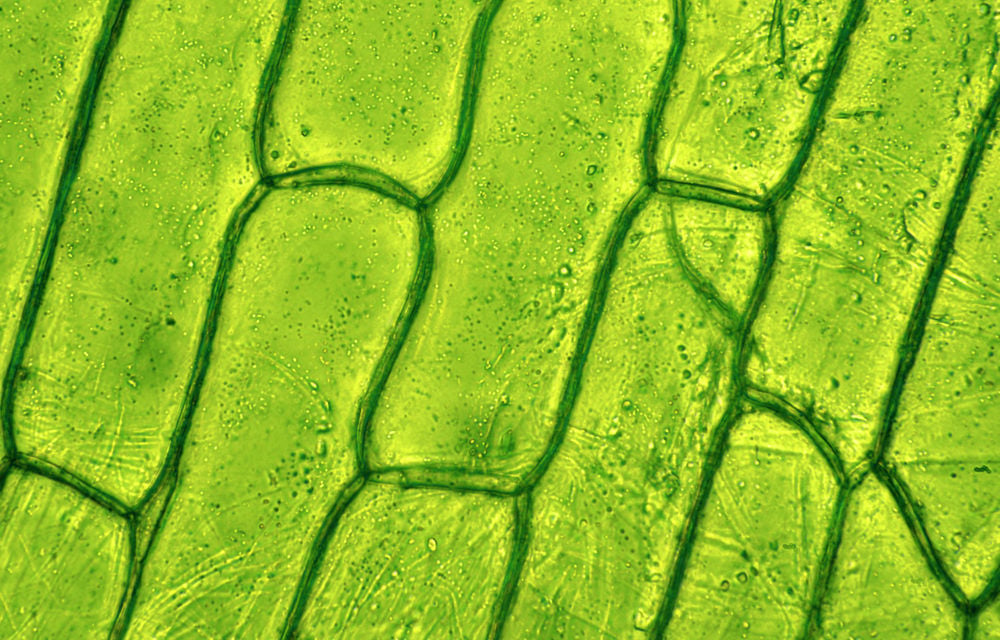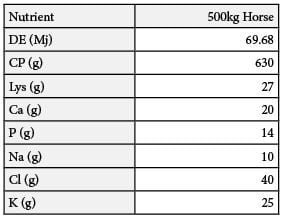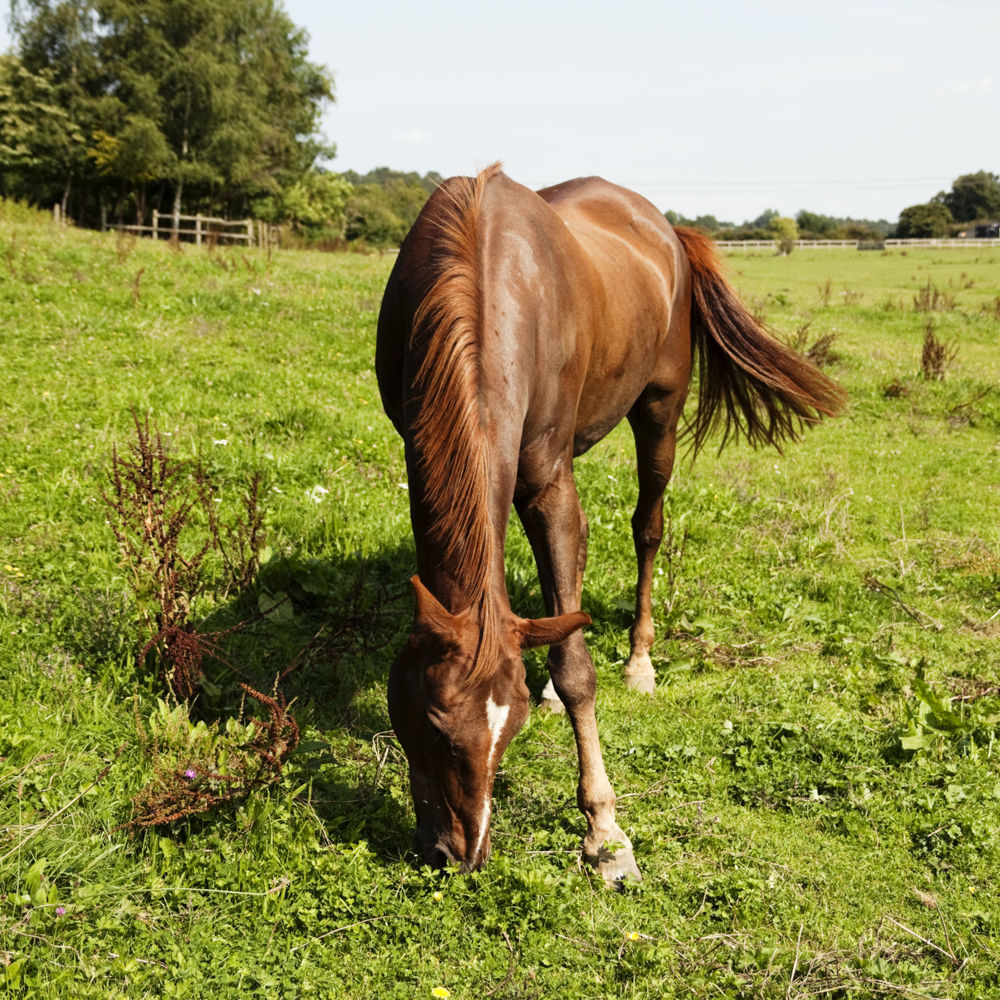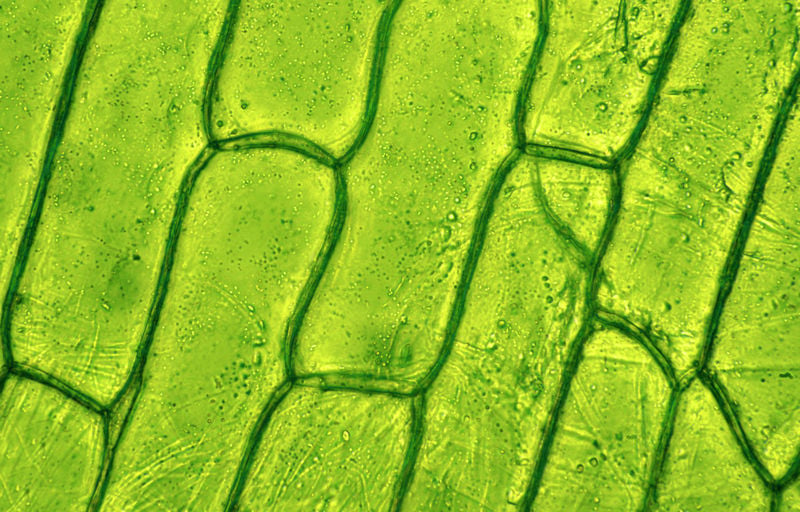Dr. Simon Daniels, PhD, PgCert, BSc (Hons), SFHEA, R.Anim.Sci,
Senior Lecturer at Royal Agricultural University
As horse managers we are aware that time at grass is important for our equine companions. Grass turnout allows horses to demonstrate natural behaviours, be that of trickle feeding or social interaction. But how many horse managers really consider the nutrient content of the grass their horses are eating? I still come across people referring to fibre as “bulk” or “filler” without considering it as a source of nutrients.
PLANT NUTRIENTS
In the spring the environmental conditions are generally ideal for grass to start growing. There is moisture in the ground from the winter, the air temperature is increasing which warms the soil and the hours of daylight start to lengthen. Plants convert sunlight into soluble carbohydrates, these sugars are the energy source the plant uses for growth and they are also the energy sources our horses metabolise into useful energy.
We are all aware that in mammals when we eat more carbohydrates than we need, we store excess either as glycogen in our muscles and liver, or as fat. Well plants have a similar mechanism whereby they store additional sugars produced via photosynthesis as water soluble carbohydrates (WSC), which includes glucose, fructose, sucrose and fructans
Fructans are a storage molecule, a mammalian example would be glycogen whereby we convert glucose to a storage molecule to save it until we need it, then we transfer it back to glucose to metabolise it when we need it. Within the plant excess simple sugars e.g. glucose and fructose, are joined together by beta (β) glycosidic bonds to form fructan. Water soluble carbohydrates are stored within the stem of the plant as reserves for times when the plant is not producing enough sugar for growth. Fructan cannot be digested in the small intestine because mammals do not possess the enzymes needed to break the β glycosidic bonds that link the glucose and fructose molecules together. Lots of fructans entering the large intestine can be problematic to the horse, as fructans are readily fermented by bacteria in the horse’s hindgut, specifically by “sugar loving” saccharolytic bacteria.
Fructan is converted into a volatile fatty acid (VFA) that feeds into the glucose pathway, but it is also converted into lactate. The production of significant amounts of lactate decreases the pH in the horse’s hindgut ecosystem, altering the conditions which the fibre loving bacteria that reside here need to survive (see Your horse’s gut: gastrointestinal structure and function for more information on the equine digestive tract and importance of the hindgut). Practically we see this on a scale, from horses producing loose droppings at the subtle end of the scale, to colic and laminitis at the severe end, and thus stability of microbiota in the horse’s hindgut is essential for horse health. This is why we avoid grazing laminitic animals when fructan in the grass is likely to be high.
As the growing season continues the grass continues to grow and the leaves become more mature. We are all aware that fresh spring leaves tend to flop to the ground but if we leave grass to grow e.g. for hay, then as it matures it stands upright. As the plant matures the cell wall increases in thickness to give the plant structure.

Figure 1. Plant cells under magnification, showing the insoluble, fibrous cell wall (dark green outline) and soluble inner cell contents
We refer to this cell wall as structural carbohydrates, which are the elements of the plant which make up the fibre content. Fibre is essential for the horse’s diet and fibre digestibility is also influenced by the grass growth cycle as not all fibres are digestible. The plant cell wall which allows the plant to stand tall is made of lignin which is found in all plants but unfortunately it cannot be digested, therefore as the plant matures and lignin increases, the digestibility decreases.
Fibre is formed by joining β glucose molecules together, similar to forming fructans, but in this case in much longer chains forming the structural carbohydrate cellulose. To digest fibre we need to break the glycosidic bonds between these β glucose molecules to be able to make use of these carbohydrates. However, mammals do not possess the enzymes, principally cellulase, needed to break down the bonds in the β glucose molecules which form cellulose, in the same way that they cannot digest fructan. However, microbiota that reside in the horse’s hindgut and in the rumen of cows and sheep, do produce cellulase, meaning these microbiota can break down fibre through fermentation. The younger the plant is in the growth cycle the more fibre can be digested. Of the cell wall contents the most digestible component is hemicellulose. Other digestible fibre sources are pectins which are found between two plant cells and act as glue to stick cells together.
Plant protein is found inside the plant cells, and is made up of sequences of amino acids. Some amino acids can be synthesised within the body (termed non-essential amino acids) but others must be sourced within the diet (termed essential amino acids) and are essential nutrients for normal body function. Lysine is an essential amino acid that is also the first limiting amino acid, meaning it is the first to become deficient. Therefore, when considering protein content in the diet we have to consider if we can meet the horse’s amino acid requirements from our grass.
The next consideration for protein within grass is the digestibility, as the horse can only make use of protein that is digested and absorbed within the small intestine. As the plant matures and the cell wall becomes more lignified then the amount of protein digestion in the small intestine is reduced. In more mature lignified grass the protein is liberated from the plant cells in the horse’s hindgut where billions of microbiota ferment the plant material. However protein that is digested in the hindgut is not bioavailable to the horse, instead the microbiota make use of this protein themselves. So as the growing season progresses the protein digestibility of mature grass within the horse decreases.
The fat content of grass is limited, but fat is present consisting of waxes and includes essential omega-3 fatty acids. The vitamin and mineral content will be influenced by the soil and the management of the grass, but much of the major mineral requirement of horses should be covered by grass.
NUTRIENT REQUIREMENTS OF HORSES
If initially we assume the nutrient requirements at maintenance for a mature 500 kg animal are approximately 70 mega joules (Mj) of digestible energy (DE) per day, a breakdown of the key nutrient requirements can be seen in table 1 below.
Table 1. Key nutrient requirements of a 500kg horse at maintenance

DE: Digestible energy, CP: Crude protein, Lys: Lysine, Ca: Calcium, P: Phosphorus, Na: Sodium, Cl: Chloride, K: Potassium.
The energy content of grass will obviously be variable depending on time of year, weather conditions, location, and management, but for meadow pasture the DE content is approximately 8-10 Mj/kg on a dry matter (DM) basis. However, some ryegrasses with high water soluble content can be up to 14 Mj/kg DM. We generally assume that on a dry matter basis that horses at pasture full time will eat over 15 hours around 1kg of dry matter per hour. We work to the basis that grass is roughly 20% dry matter and therefore the fresh matter intake of grass per day will be considerably greater as we allow for the moisture content. Working on those assumptions, the average 500kg horse can consume 135 Mj on the basis of eating 15kg dry matter. On the assumption that the digestibility of good pasture is around 60%, on average we exceed the daily energy requirement.
The crude protein (CP) content varies by season, being approximately 300g/kg DM in the spring, 100-140g/kg DM in the summer, 140-200g/kg DM in the autumn and less than 100g/kg DM in the winter. Applying this to the scenario above, in theory the crude protein requirement would be met all year. However this does not factor in protein quality, availability, digestibility in the small intestine nor the amino acid profile. Working to the digestibility profile above (60%), when there is less than 120g/kg of CP available in the grass and the grass is mature, we are unlikely to meet the daily requirement of our scenario animal as a proportion of this protein will be degraded in the hindgut. Equally, the digestibility will decrease as the plant matures as the protein become less bioavailable. Minerals and trace minerals in well managed grass should meet the nutrient requirements with possible slight deficiencies in copper and selenium by 2 and 0.5 mg/kg respectively, but this will depend on the individual soil profile.
PASTURE SUITABILITY
So theoretically we should be able to meet the maintenance nutrient requirement of horses from pasture alone, although this will depend on the individual animal’s requirements. If we consider a Thoroughbred racehorse then the nutrient requirement will be much higher than that of a native pony type, even at maintenance. We also need to consider how we manage our grass as agricultural practices for cattle often produce grass with too much WSC for our horses. Sometimes horse managers can be guilty of neglecting pastures and they become “horse sick” (Figure 2). It is important that we manage our grass to avoid this. Many of the weeds flourish because the grass is over grazed, not fertilised and the soil pH is not optimum. Many horse managers worry about using fertiliser on their grass as they do not want excess grass growth. However, the grass plants need both phosphorus and potassium for good root development. If the roots are deep and well developed, they will seek water and nutrients from further into the ground, helping the plants become resilient to “horse traffic”. Shallow rooted plants will not thrive and it is easier for poaching to occur, therefore it is important to feed the roots with a fertiliser appropriate for your pasture type and requirements.
Over grazing grass down to very fine stubble also causes the plant stress. To aid recovery the plant will store more WSC e.g. fructans which help it recover. This can be problematic for weight management and animals prone to laminitis. This is the same at times of drought and frost, and is the reason why you may have come across advice not to graze frosty grass.

Figure 2. Allowing fields to be extensively grazed enables weeds to take over and the pasture to become ‘horse sick’, reducing its value as a feed source
Often with horses we have grazing extremes, either poorly managed grasslands that become horse sick, or grasses that are managed for agricultural purposes e.g. cattle. High productivity cows are often managed on high WSC pastures to ensure plenty of energy is available for growth or milk production. These pastures tend to be unsuitable for horses who do not need high WSC diets. The problems are greatest with our ponies and cob types which have been recorded eating up to 5% of their body weight per day in dry matter, in comparison to horses who at maximum can eat 3% of their body weight per day in dry matter. Going back to cows briefly, a dairy cow needs approximately 62 Mj of energy a day for maintenance, yet for milk production she needs three times that for a low milk yield, or five and a half times that for a high yield.
So our cob type, needing approximately 70 Mj DE per day for maintenance and grazing 5% of its body weight in dry matter, can consume four times its daily maintenance energy requirement per day. This is why grazing designed for cattle does not work for horses, especially good doers and ponies, and it is easy to see how they can become obese by eating four times their maintenance energy requirement per day! Another management problem with native types is they are designed to store reserves for the winter, therefore they gain weight in the summer to lose in the winter. However the use of rugs, feeding concentrates and stabling mean that these native types and good doers just continually gain weight.
TAKE HOME MESSAGE
There is huge potential in our grass, however sometimes it can under deliver on essential minerals and nutrients such as protein, and over supply energy contributing to equine obesity. It is really important that we manage our grass for horses, so we can have healthy pasture and healthy horses. Making use of mineral licks/supplements or balancers can be a way of ensuring you provide the protein and minerals without providing additional calories, and as for weight management of horses, well that is a whole other topic in itself!
If you would like any advice, please contact our Equine Nutrition Team who would be happy to help you. You can email [email protected] or call our freephone advice line on 0800 585525.


